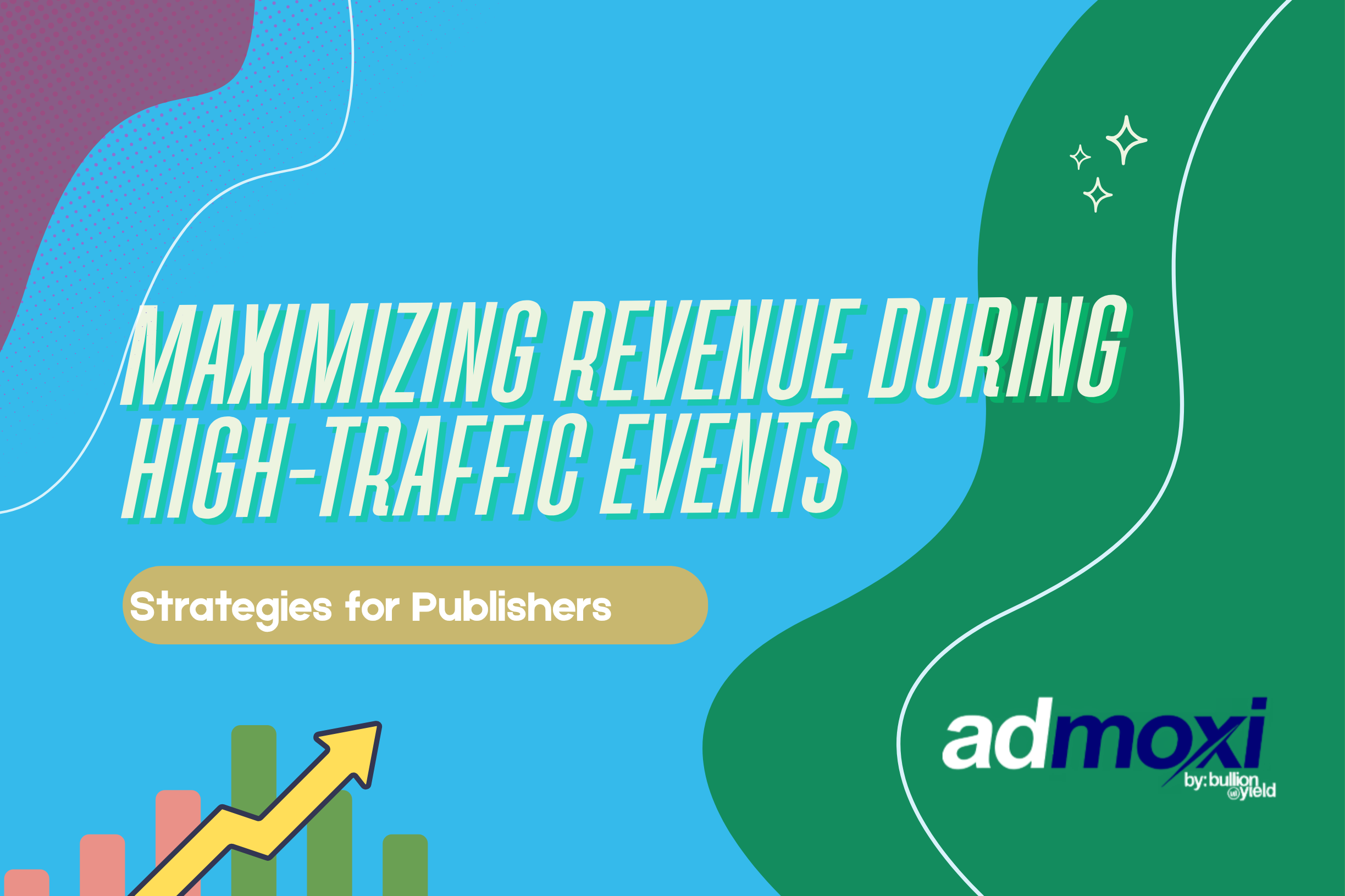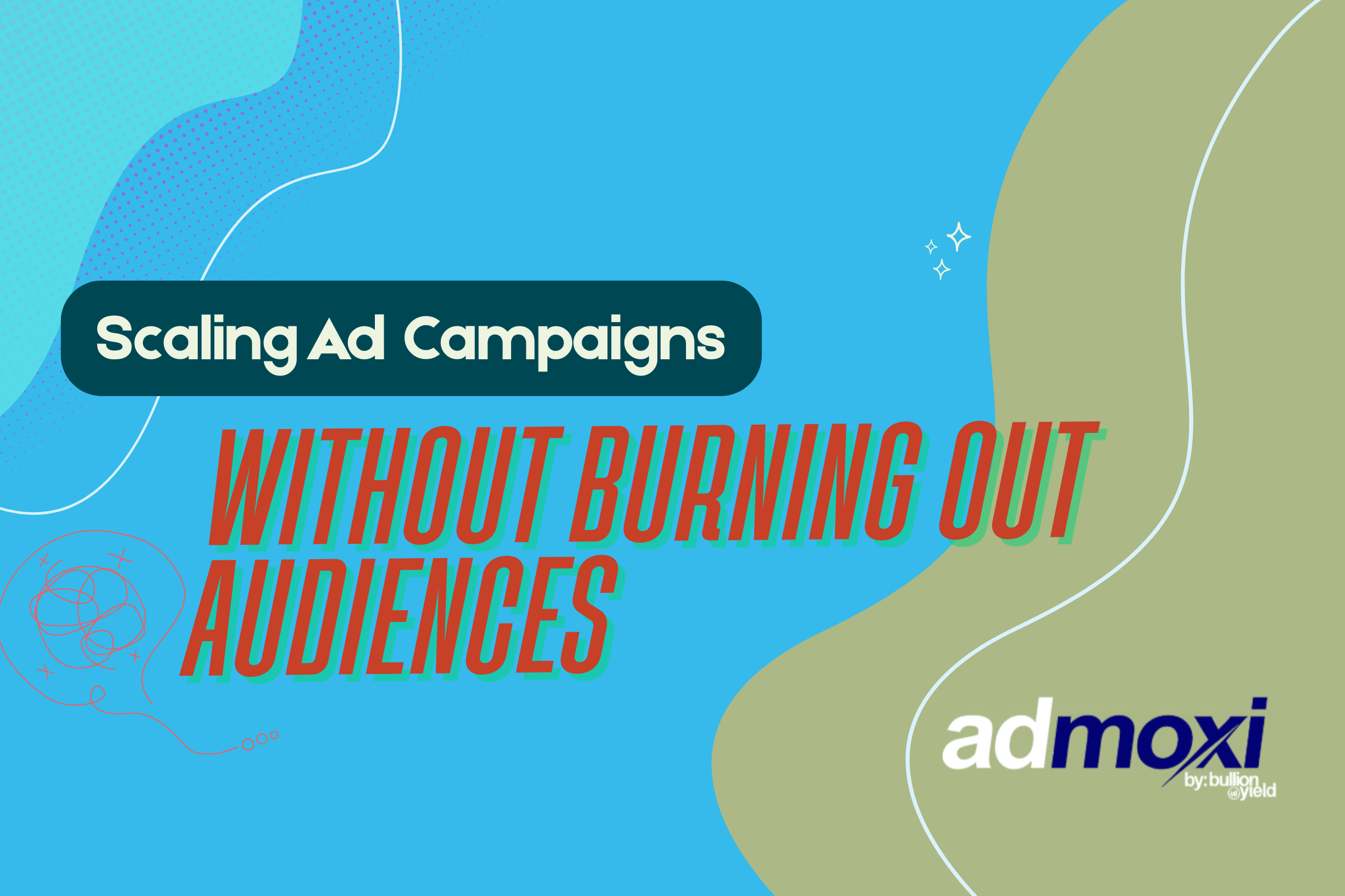Strategies for Publishers
High-traffic events—whether seasonal (e.g., Valentine’s Day, Black Friday), cultural (e.g., major sports tournaments), or industry-specific —offer a lot of opportunities for ad networks. However, to fully leverage these periods, strategic preparation, technological optimization, and innovative monetization techniques are crucial.
Leveraging Peak-Time User Behavior for Monetization
During peak periods, both user engagement and demand for ad inventory increase. Key dates often align with broader societal trends in leisure and entertainment consumption. For instance, after Super Bowl LIII in 2019, U.S. traffic increased by 9% above average at 11 p.m., with Boston users contributing to a 13% spike compared to typical Sunday nights.
Capitalizing on this influx demands more than just offering more ad space; it requires targeted, well-optimized campaigns that meet heightened user expectations for instant gratification and premium content experiences.
Pre-Event Preparation
Preparation is vital. Publishers should start strategizing weeks, if not months, before a major event. Key preparatory steps include:
- Inventory Assessment: Ensure sufficient high-quality inventory is available. Running out of premium ad slots during peak moments can mean missing significant revenue opportunities
- Technical Readiness: High traffic strains server capacities and can lead to latency issues or downtime, both disastrous for ad impressions and conversions. Thus, upgrading hosting services, deploying robust content delivery networks (CDNs), and stress-testing platforms are essential.
- Data Analysis: Mining historical traffic and revenue data helps identify trends and informs decisions about which ad formats and placements perform best during specific events (Chaffey, 2021).
Optimization Techniques During High-Traffic Periods
1. Dynamic Pricing Strategies
Implementing real-time bidding (RTB) and dynamic floor pricing ensures that ad inventory prices reflect increased demand. Programmatic platforms that automatically adjust bid floors during peak periods can maximize revenue without manual intervention (IAB, 2020).
For ad networks, segmenting audiences by demographics (age, location, browsing habits) allows further price differentiation, ensuring advertisers targeting premium audiences are paying appropriately.
2. Enhanced Targeting and Personalization
User expectations for relevance intensify during high-traffic times. Behavioral targeting and leveraging cookies is crucial for delivering personalized ads that convert better.
Machine learning models that predict user intent in real time can significantly improve click-through rates (CTRs) and eCPMs (effective cost per mille)
3. Prioritizing High-Performing Ad Formats
During high-traffic events, prioritizing the following can boost revenue:
- Video Ads: Short, skippable video ads integrated seamlessly into content streams can drive significantly higher engagement rates (eMarketer, 2021).
- Native Ads: Ads designed to mimic the platform’s organic content tend to have higher CTRs, especially when users are in “binge-watching” modes during events (Outbrain, 2020).
4. Cross-Promotion and Upselling
Using internal banners or pop-ups to promote premium memberships, exclusive content, or related sites can monetize organic traffic further. Integrating cross-sell offers within the user journey, particularly at moments of peak emotional engagement, can significantly increase average revenue per user (Lemon & Verhoef, 2016).
Post-Event Strategies: Capitalizing on Momentum
After a high-traffic event ends, many networks experience a sharp drop in activity. To mitigate this:
- Retargeting Campaigns: Retarget visitors with special offers, reminders, or re-engagement content.
- Data Utilization: Analyze what worked, segment users based on engagement levels, and adjust future strategies accordingly.
- Continuous Optimization: Use A/B testing insights gathered during the event to refine creatives and placement strategies for future events.
Conclusion
High-traffic events are powerful revenue catalysts for publishers—but only when leveraged strategically. With careful pre-event preparation, including inventory readiness, infrastructure scaling, and deep data analysis, publishers can enter these peak periods with confidence. During the events, advanced monetization tactics, like real-time bidding, hyper-targeted personalization, and high-performing ad formats, can maximize every impression. Even after traffic normalizes, retargeting and insight-driven optimization help extend the revenue cycle.
Ultimately, publishers who view high-traffic moments not as isolated opportunities but as part of a long-term growth strategy will be best positioned to succeed in an increasingly competitive digital landscape.
References
Chaffey, D., 2021. Digital Marketing: Strategy, Implementation, and Practice. 8th ed. Harlow: Pearson Education Limited.
Content Marketing Institute, 2021. B2B Content Marketing Benchmarks, Budgets, and Trends Report 2021. [online] Available at: https://contentmarketinginstitute.com
eMarketer, 2021. Video Advertising Trends. [online] Available at: https://www.emarketer.com
IAB, 2020. Programmatic In-Housing: Benefits and Best Practices. [online] Available at: https://www.iab.com
Lemon, K. N. and Verhoef, P. C., 2016. Understanding Customer Experience Throughout the Customer Journey. Journal of Marketing, 80(6), pp.69–96.
Outbrain, 2020. Native Advertising Trends 2020. [online] Available at: https://www.outbrain.com .



